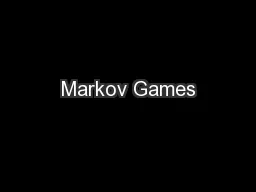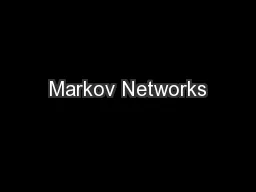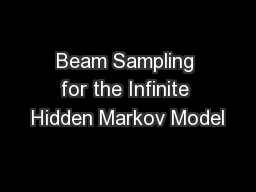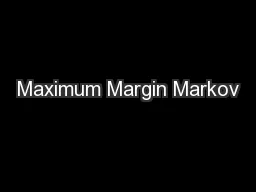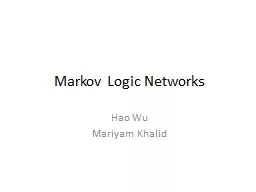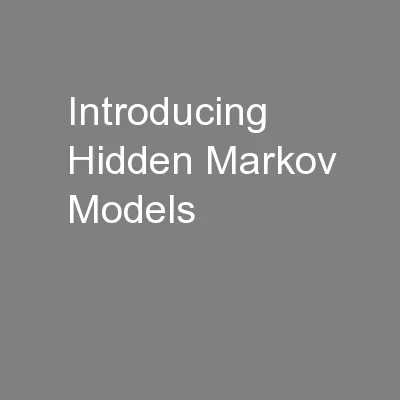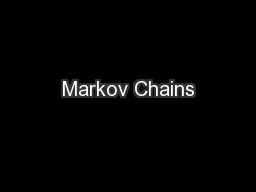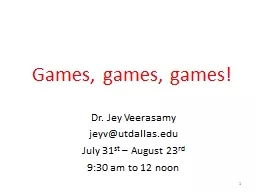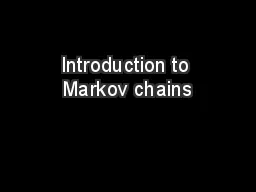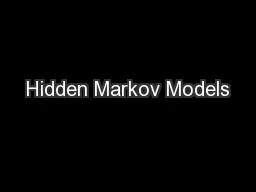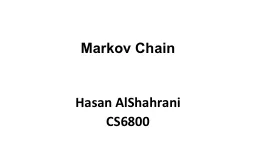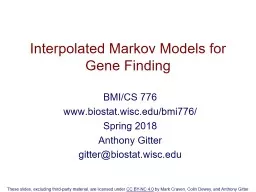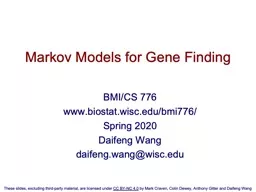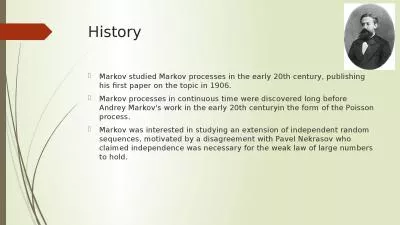PPT-Markov Games
Author : lois-ondreau | Published Date : 2016-09-15
TCM Conference 2016 Chris Gann ganncncssmedu A taxi company has divided the city into three regions Northside Downtown and Southside By keeping track of pickups
Presentation Embed Code
Download Presentation
Download Presentation The PPT/PDF document "Markov Games" is the property of its rightful owner. Permission is granted to download and print the materials on this website for personal, non-commercial use only, and to display it on your personal computer provided you do not modify the materials and that you retain all copyright notices contained in the materials. By downloading content from our website, you accept the terms of this agreement.
Markov Games: Transcript
Download Rules Of Document
"Markov Games"The content belongs to its owner. You may download and print it for personal use, without modification, and keep all copyright notices. By downloading, you agree to these terms.
Related Documents

